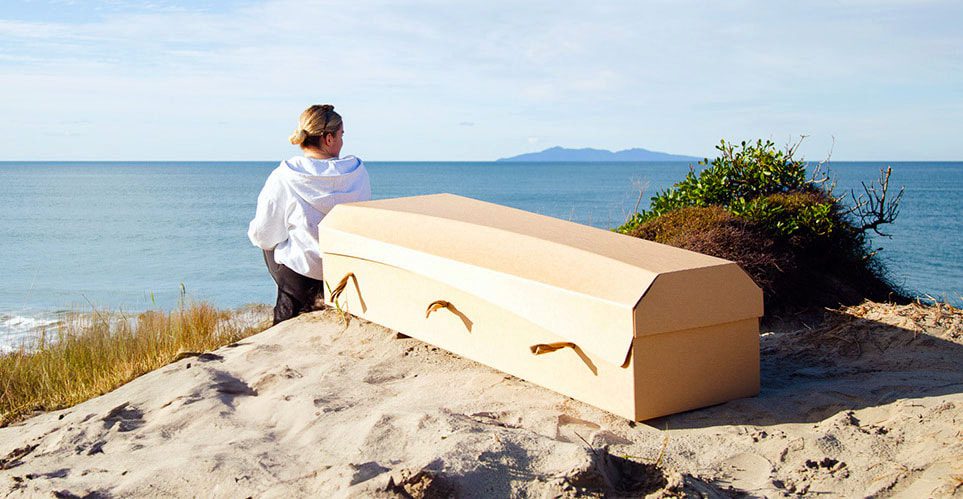Transporting a casket represents far more than moving a finished vessel—it carries the trust, emotion, and final expectations of a family. Each transfer demands both technical precision and quiet respect, where every small detail holds meaning. From documentation and carrier certifications to temperature shifts and humidity control, hidden factors can affect appearance, timing, and peace of mind.
Careful preparation turns a demanding process into a measured act of respect. Secure packing supports the casket’s structure, breathable liners maintain surface quality, and verified paperwork prevents costly delays. Coordinating arrival times, confirming contacts, and protecting finishes during loading preserve both workmanship and dignity. What begins as logistics ends as a final gesture of care—steady, discreet, and deeply respectful.
Material Behavior and Handling Basics
An oak or mahogany casket changes subtly under shifting climates. Dry, cold air can draw moisture from the grain, while humidity swells panels and stresses veneer joints. Stable, climate-controlled storage before transport prevents warping and dull finishes, keeping joints tight and hardware aligned. Balanced humidity between 45–55% and temperatures around 65°F preserve material consistency and surface sheen, allowing wood caskets to maintain their natural beauty and strength through every stage of handling.
Before shipment, check every hinge, latch, and lining for loosened parts or wear. Replace worn screws, retighten brackets, and test the lid for a smooth, silent close. Soft cloths beneath straps and a trace of light oil on moving hardware guard against friction damage. Each safeguard preserves structural integrity and appearance, preparing the casket for its final placement.
Packing Structure and Cushioning That Protects Integrity
A sturdy foundation defines safe passage. Beneath the crate, a reinforced pallet cradle spreads the load evenly across timber beams and metal braces, holding the casket firm through vibration and weight shifts. Plywood panels and corner reinforcements guard against flexing, while recessed strapping points keep tension away from polished surfaces.
Padded nylon straps cross in a balanced grid, their sleeves cushioning contact. Vent channels in the lining prevent trapped humidity and maintain airflow through the shell. Two-inch closed-cell foam beneath the casket absorbs shocks during movement, preserving varnish and alignment. Every layer—foam, strap, and brace—works together to protect both appearance and form, turning structure into an act of care that arrives intact and ready for placement.
Shipping Procedures That Prevent Delays
A single late paperwork flag can stall a transfer for days. Standardized labels with shipment ID, receiving contact, and crate weight speed processing at hubs. Selecting carriers experienced with memorial shipments reduces sorting risk; they use dedicated fragile-item handling lanes and pre-booked dock windows.
Near-real-time tracking and proactive status alerts let funeral staff and carriers act on exceptions before they become costly. Clear digital manifests attached to the booking, plus visible QR labels on the crate, cut inspection time at transfer points. A timestamped photo at delivery confirms condition and speeds claims. A printed contact card inside the crate and scheduled carrier delivery windows help avoid missed handoffs.
Documentation and Coordination With Receiving Staff
Documentation begins the dialogue between sender and receiver. Each record lists casket details, hardware notes, and lifting points inside a visible pocket for quick verification. Including serial numbers, cradle measurements, and carrier remarks gives staff the clarity to confirm condition upon arrival. Shared pre-shipment photos or short video clips build confidence before the crate leaves the dock.
Coordination builds upon that foundation. Scheduled arrival windows, gate procedures, and loading requirements align carriers with site capabilities. Confirming vehicle type, contact names, and permits prevents last-minute adjustments. Printed slips and digital copies exchanged twenty-four hours in advance reduce confusion, linking documentation and communication into one seamless handoff that honors both precision and timing.
Inspection, Cleaning, and Setup After Delivery
Sunlight pooling on a lacquered lid reveals hairline scuffs, corner dents, or moisture rings missed at the dock. Inspect panels, hinge alignment and upholstery before cutting crate straps; photograph blemishes with a timestamp and note carrier condition. Multiple handlers at set lift points reduce frame torque and coordinated verbal cues keep lifts steady.
Remove all packing remnants using a microfiber cloth and soft brush, avoiding solvents that harm finishes. Retain foam pads for future padding and place the signed packing slip in an exterior pocket. Leaving the crate nearby, clearly labeled and unlocked, lets the toolkit and paperwork inside speed post-service return and next steps.
Every casket shipment is a union of precision and reverence. Each label affixed, form verified, and strap fastened contributes to a passage defined by care rather than haste. From controlled storage to final inspection, preparation reflects respect that rises above routine. Reliable carriers, protective crating, and steady coordination uphold both craftsmanship and trust. Detailed documentation and careful handling turn risk into confidence. When every action aligns with intention, transport becomes more than a technical duty—it becomes a quiet tribute to craftsmanship, memory, and the human promise to carry every responsibility with dignity, accuracy, and unwavering respect.





























